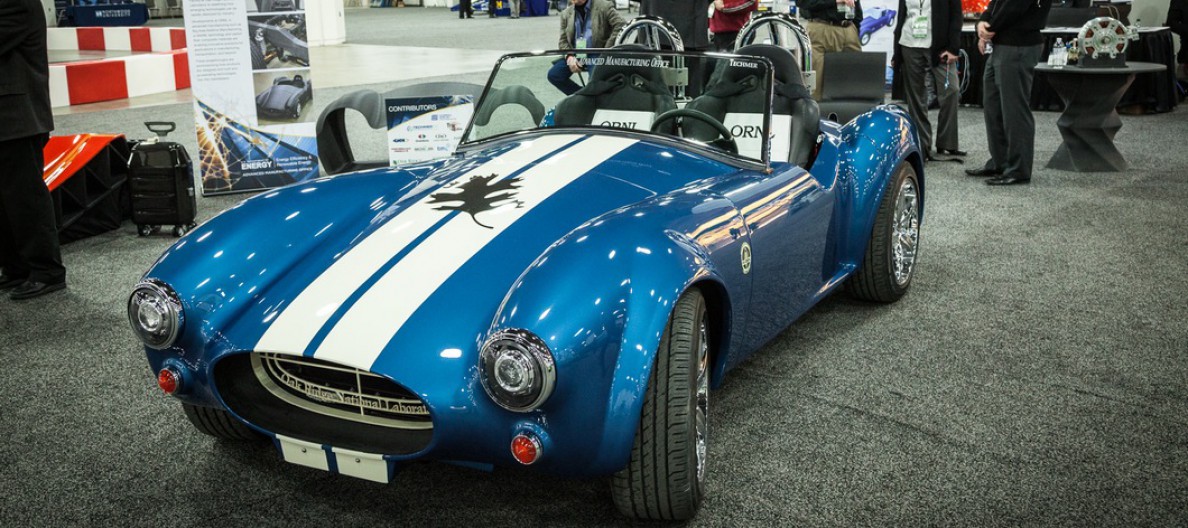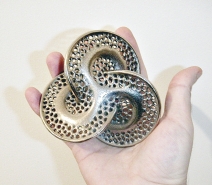You have turkey, stuffing, potatoes, corn, rolls, butter, gravy and sweet potato casserole. Just print it!
It sounds a little disgusting, but there have been great strides into the field of 3-D printed food. NASA looked into 3-D printed food because as they have been going further into space, they are needing food to last longer and longer. Sure they have the technology to deflect asteroids, but they are studying more efficient ways to prepare and store the food for the trips.
There are other applications that are incredible. The food so far that is coming out of 3-D printers is mainly goop, but there is a group of consumers that will eat it. The elderly. There have been studies that have shown that one in five people over 50 have dysphagia, which is an inability to close off the larynx. The result is that food will not go into the esophagus and into the stomach, but can travel into the lungs and cause problems.

But researchers of Biozoon Food Innovations have created something else entirely. They have begun to use the 3-D printing technology to print a gel-like substance that will allow the food to be formed into all sorts of things, such as vegetables, meats and carbs.
The nursing home residents will be allowed to choose their menus for the week and will be printed at a processing plant. It will then be shipped off to the centers. Then the residents can eat and enjoy the food with all of their friends. Matthias Kück, the chief executive of Biozoon Food Innovations, sees great promise in this process. (And if they don’t want to eat their veggies, you can lace the meat with the vitamins and minerals, so the residents won’t know they are eating healthy!)
“The result is that when you bite on the reconstructed food, it is very soft – it melts in your mouth,” Kück said. “There really are no restrictions in terms of what food can be recreated.”








